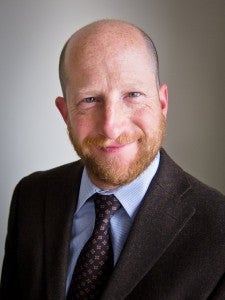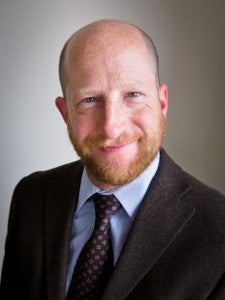This commentary originally appeared on EDF’s California Dream 2.0 Blog
 When was the last time you really gave a lot of thought to your electric bill?
When was the last time you really gave a lot of thought to your electric bill?
If your answer is “not very often”, then you’re not alone. In fact, the typical household thinks about their electric bill only six minutes a year.
The California Public Utilities Commission (CPUC) now has the opportunity give people another way to control household energy bills by creating a system where changing the time you use electricity can save money. This won’t mean you’ll need to invest more time thinking about energy use, but you’d be well-served to think about the timing of it.
Last week, the CPUC held a public workshop inviting stakeholders — PG&E, SCE and, SDG&E, along with consumer, industry, and environmental groups — to present and discuss their proposals for revising the system of charges for residential electricity use. I had the pleasure of presenting EDF’s proposal for a time-of-use (TOU) pricing system: For customers looking for another option for saving money on their monthly bill, EDF sees TOU as the best pricing policy for both people and the environment; customers uncomfortable with this option would be able to “opt out” and choose another pricing structure.
Currently, the standard “tiered” rate charges customers higher prices for higher electricity usage. The approach is intended to send the message: “The more you use, the more you pay.” Read More













